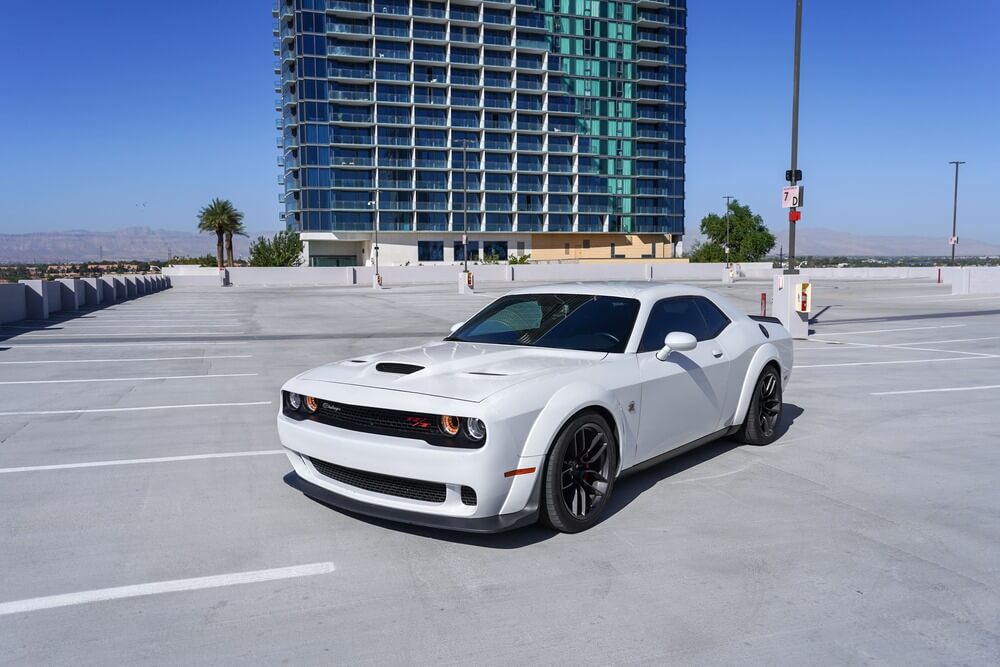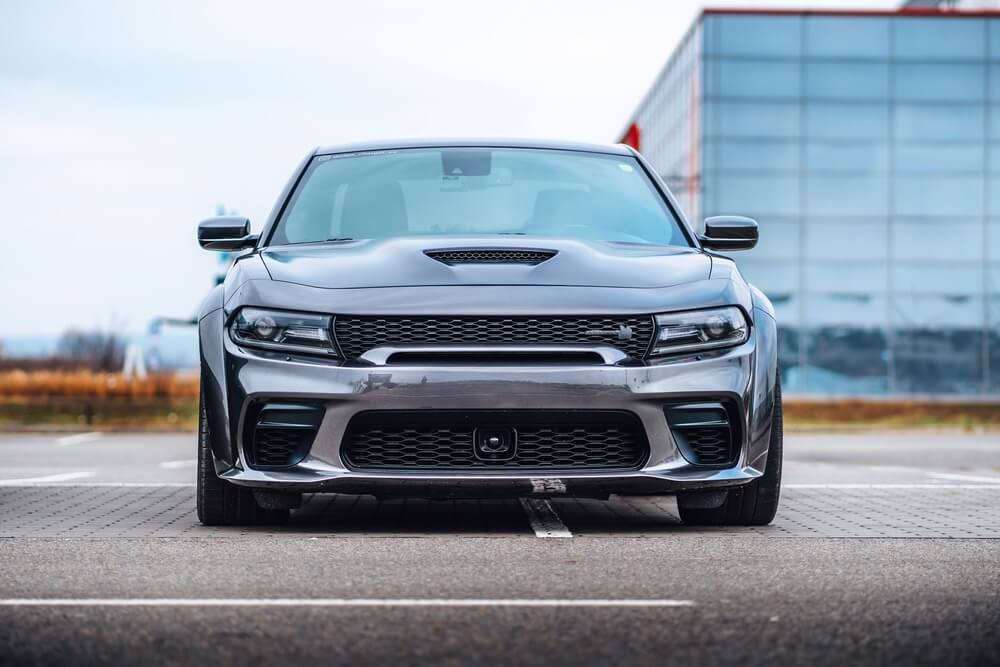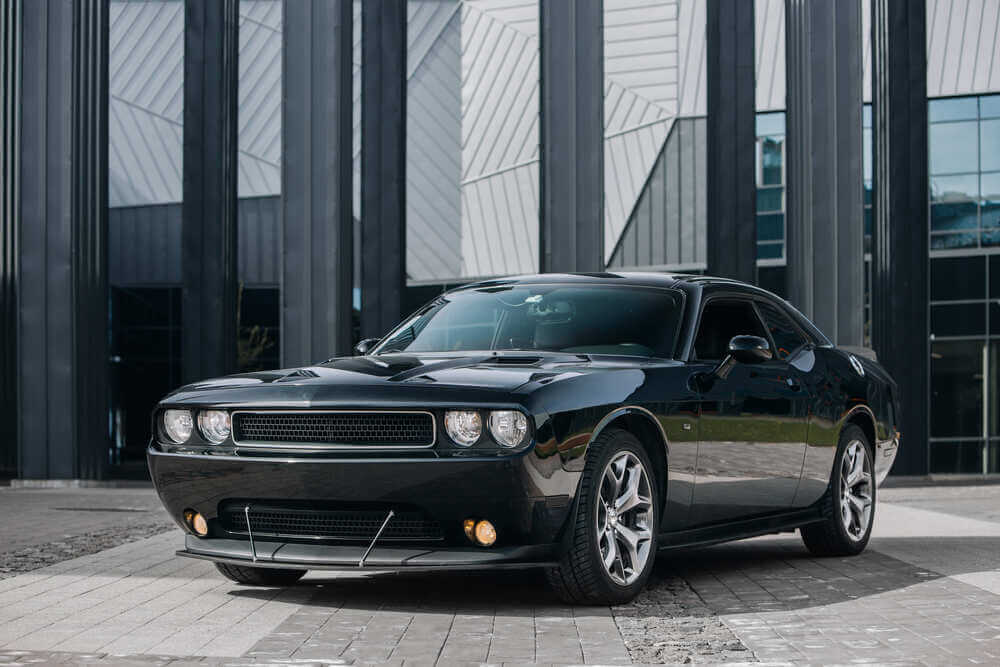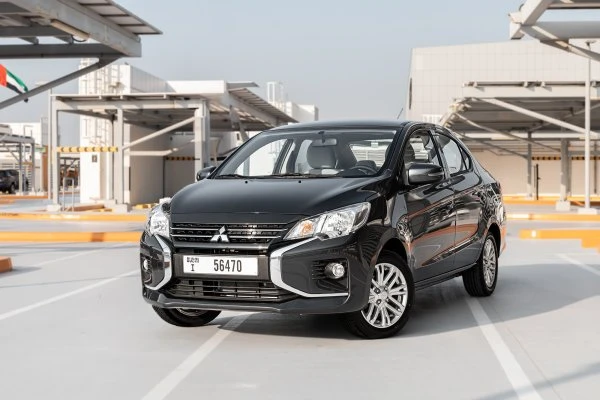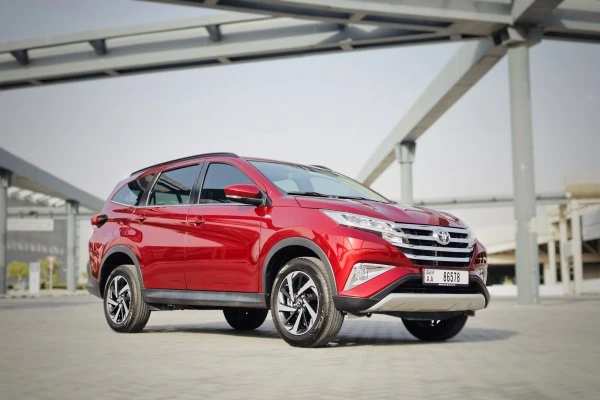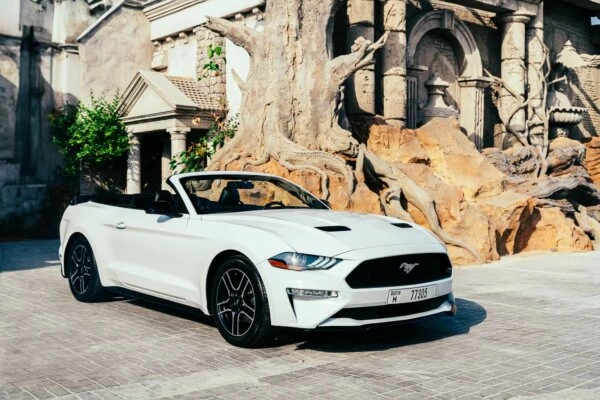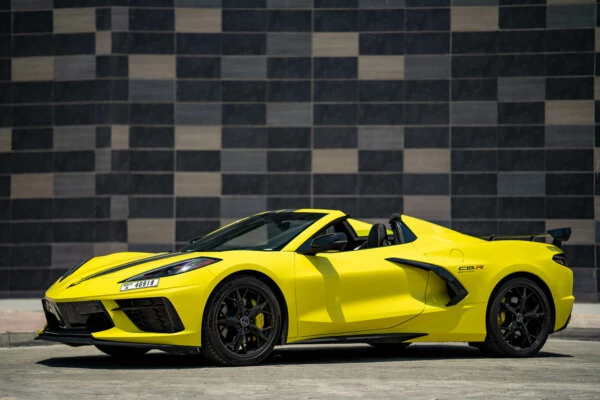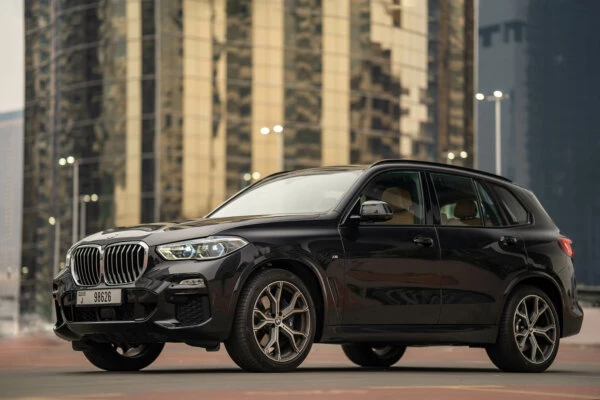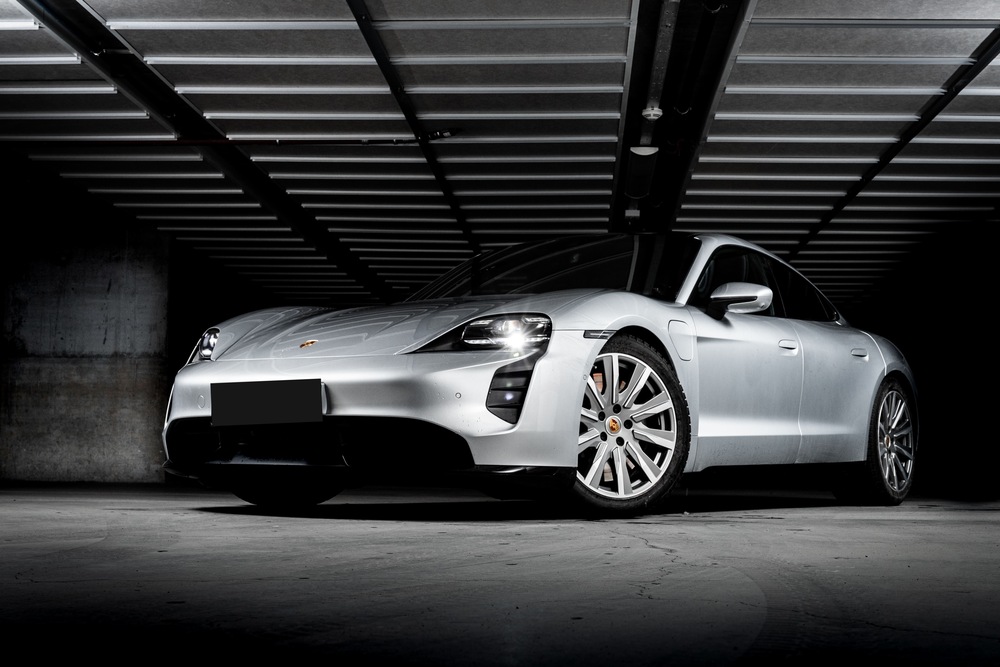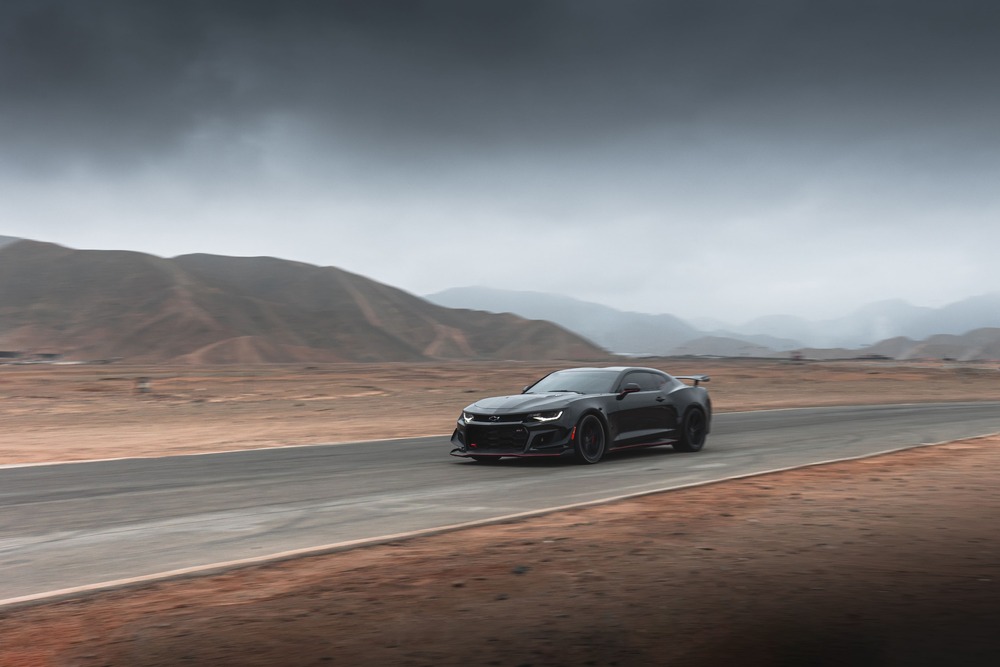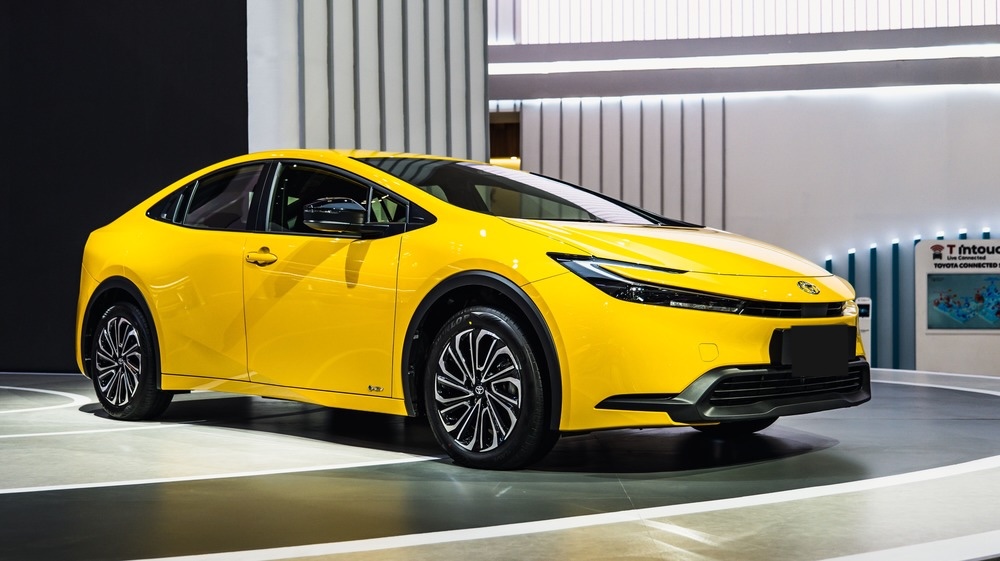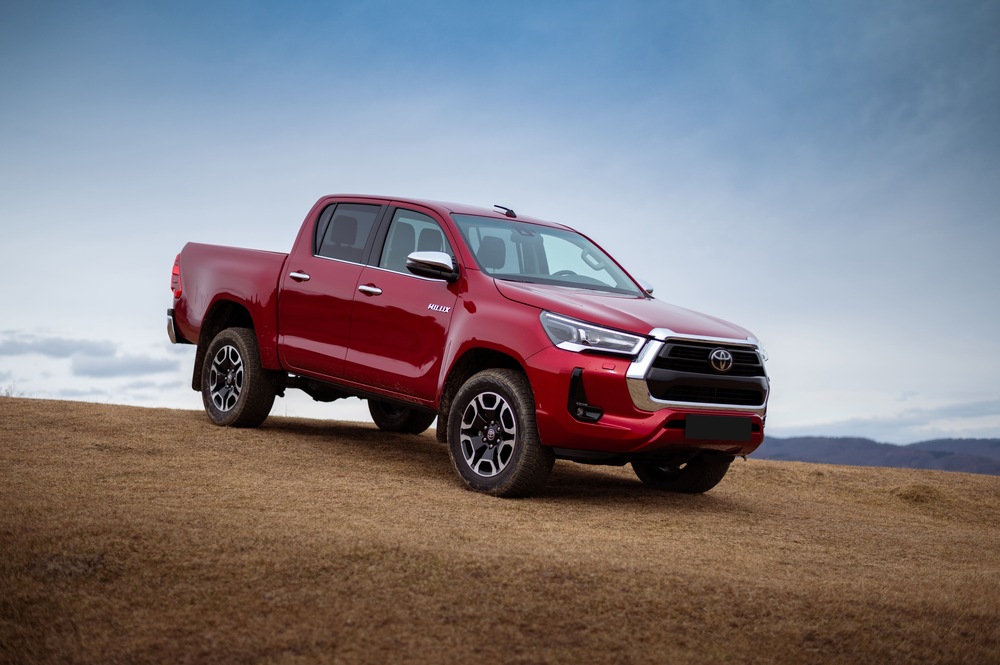Dodge is a name that stands out in the automotive world, celebrated for its bold styling, powerful engines, and proud representation of American muscle car heritage. This article answers key questions about the Charger, Challenger, high-performance Hellcat and Dodge’s versatile SUV lineup.
This American brand was created for those who want excitement every time they drive. Dodge vehicles are instantly recognizable for their strength, presence and strong performance. From muscle car legends like the Charger and Challenger to versatile SUVs that combine power with practicality, every Dodge model reflects the brand’s commitment to innovation. With aggressive styling, robust engines and a design based on power and excitement, the Dodge lineup is built for adrenaline.
Dodge Muscle Cars
Dodge built some of America’s most famous muscle cars starting in the late 1960s. The Charger was their biggest hit, known for its bold look and raw power. The Challenger came out in 1970 to compete with Ford’s Mustang. Even the smaller Dart packed serious performance. These cars used monster engines like the 426 Hemi and 440 Six Pack. The Hemi was especially feared – it could smoke almost anything on the street. Dodge brought back the Challenger and Charger in modern times. Today’s Hellcat models make over 700 horsepower, which is more than most classic muscle cars ever dreamed of, including the performance of Dodge Durangos. Dodge’s spirit has also carried over to SUVs – the 2025 Durango SRT Hellcat Hammerhead comes with 710 horsepower, making it one of the most powerful family haulers ever built. These cars created a direct connection between car and driver through raw power and instant throttle response. Dodge’s muscle cars became part of American car culture in the 1970s and remain popular with enthusiasts today.
What is the Difference Between the Dodge Charger and the Dodge Challenger?
The Dodge Charger is a 4-door sedan, offering more practicality and rear-seat space. The Dodge Challenger is a 2-door coupe, emphasizing a classic muscle car style and sporty performance.
The Dodge Charger and Dodge Challenger are two of the most popular names in the American muscle car world, but they differ in design and practicality.
- The Charger is a four-door sedan, making it more practical for families and everyday driving. It has a refined, aggressive look that blends performance with usability, and provides a spacious interior, rear-seat comfort, and four-door convenience without compromising power.
- The Challenger is a two-door coupe with a retro-inspired, sporty style that stays true to the spirit of classic muscle cars. It appeals to those who value the raw look and feel of a pure sports coupe, even if it’s less practical than the Charger.
Both cars share similar powertrains, ranging from an efficient V6 engine option to the supercharged V8 Hellcat. However, the Challenger emphasizes muscle car performance, with widebody and track-focused variants, while the Dodge Durango SRT Hellcat offers all-wheel drive for better handling. The Charger delivers comparable power with the added comfort and usability of a larger cabin and rear seats, much like the Dodge Durango offers.
| Feature | Dodge Charger | Dodge Challenger |
| Body Style | Sedan (4 doors) | Coupe (2 doors) |
| Design | Aggressive, practical, modern | Retro-inspired, sporty, classic muscle |
| Engines | V6 to supercharged V8 Hellcat | V6 to supercharged V8 Hellcat |
| Focus | Performance + practicality | Pure muscle performance & style |
| Best For | Drivers wanting power with daily usability | Car lovers wanting a traditional muscle coupe |
How Expensive is a Dodge Challenger Hellcat?
The Dodge Challenger Hellcat is more expensive than a standard Challenger, with prices starting around $60,000 in the U.S. and AED 355,000 in the UAE.
The Hellcat is renowned for its extreme performance and cult muscle car status. It features a supercharged 6.4L HEMI V8 engine, producing over 700 horsepower in the standard Hellcat and up to 807 hp in the Super Stock version. This makes it one of the strongest muscle cars on the road. Limited-edition production, high demand, and advanced features contribute to its higher price compared to standard Challenger models.
Other factors affecting the price include customization options, optional packages, and regional taxes or import duties, which can make the Hellcat significantly more expensive in markets outside the United States.
In the U.S., the standard Hellcat originally started at around $60,000, while higher-end versions such as the Widebody, Redeye, and Super Stock ranged from $70,000 to $90,000. For example, the 797-hp Hellcat Redeye started at about $80,000, and the 807-hp Super Stock was priced near $89,000.
Prices outside the U.S. are typically higher due to import taxes and demand. In the UAE, Hellcat Redeye models often range from AED 292,900 to AED 409,900.
It’s also important to note that Dodge ended production of the Challenger Hellcat with the 2023 model year, making the remaining cars even more exclusive.
Dodge SUVs
Dodge’s SUV lineup includes everything from compact crossovers to bigger family vehicles, and they still look like Dodges – bold and aggressive styling included.
What are the Dodge SUVs called?
Dodge’s main SUV models are the Durango and the Journey. The Durango is a larger, more powerful SUV suited for families and towing, while the Journey is a smaller, more compact option ideal for everyday driving.

The Dodge SUV line includes:
- Dodge Durango: The most popular model is the Dodge Durango SUV, a vehicle that comfortably seats seven passengers while combining practicality with performance. It’s available with a V6 engine for efficiency or a V8 for thrilling power.
- Dodge Hornet: Looking for a new Dodge? The Hornet represents the brand’s entry into the compact SUV segment, offering a plug-in hybrid option for eco-conscious drivers. Unlike the larger Durango, the Hornet is designed to be more urban. It offers a balance of everyday usability, sporty handling, and modern technology.
- Dodge Journey and Nitro: Dodge also produced models like the Journey and Nitro, which were more geared toward practicality. These cars are no longer in production, and the brand has focused on giving SUVs the same performance-oriented identity that defines the Dodge brand.
Together, these SUVs demonstrate Dodge’s ability to combine utility with the brand’s visual identity and performance-oriented nature.
Does Dodge Have a Small SUV?
Dodge doesn’t currently produce a classic small crossover. Its most compact, midsize SUV, the Dodge Journey, offered a practical, city-friendly option while still reflecting the brand’s styling and performance heritage.
Dodge is better known for its muscle cars and larger SUVs than compact cars, as the brand’s identity has always been centered around power, operation, and strong signature design.
Dodge has built its reputation on vehicles that deliver extreme horsepower, aggressive looks, and an exciting driving experience. Similarly, Dodge Durango SUVs range, like the 2011 Dodge Durango, 2014 Dodge Durango, 2017 Dodge Durango, 2019 Dodge Durango, 2020 Dodge Durango, 2021 Dodge Durango, 2022 Dodge Durango and 2024, demonstrate the brand’s focus on spacious, powerful, and versatile vehicles rather than small, urban models.
Compact cars and small crossovers have never been central to Dodge’s strategy, as the brand prioritizes vehicles that stand out on the road, appeal to car lovers, and reflect its strong American muscle heritage.
Cars for Every Type of Driver: From Sports Car Fans to Family Dodge SUVs
Dodge vehicles appeal to a variety of drivers.
- Chargers are frequently chosen by drivers who want a combination of muscle car performance and everyday practicality. The new GT trim models offer sporty features and a tuned suspension that appeal to those seeking spirited driving.
- Challengers attract power lovers and style-conscious drivers who value the bold look of a two-door coupe and the feel of a classic sports car, further enhanced by available all-wheel drive options. Its retro-inspired design and powerful powertrain options make it a standout on the road. The base SXT trim level provides a practical entry point for drivers who want Dodge performance without going all-in on high-end features.
- Hellcats are designed for true performance enthusiasts. With supercharged V8 engines and limited editions, drivers of these versions often appreciate pure power, track-ready performance, and exclusivity.
- The Durango and Hornet SUVs are more geared toward families and practical drivers. The Durango offers three rows of seating for seven passengers, a versatile cargo area, and powerful engine options with impressive torque. On the other hand, the compact Hornet is suitable for urban families or drivers who want a smaller, fuel-efficient SUV with sporty styling and modern technology.
Dodge combines high-performance appeal with practicality, providing enthusiasts, families and everyday drivers with a range of options that fit their lifestyles and driving priorities.
Behind the Wheel of a Dodge SUV: Comparing Chrysler, Dodge, Jeep
Models like the 2021 Durango show how the brand blends family practicality with muscle car DNA, while the Challenger highlights Dodge’s ability to deliver extreme horsepower and exclusivity.
Within the wider SUV family, Dodge stands alongside Chrysler and Jeep in shaping the American performance and lineup. For example, while a Jeep Grand Cherokee shows luxury and off-road strength, a Dodge Durango gets its attention from muscle-inspired styling and raw power. Both complement one another, giving customers more choice based on lifestyle and driving goals.
Visiting a Dodge dealership allows buyers to compare trims, schedule a test drive, and discover what sets Dodge apart.
Whether you want a sports car that stands out, a family SUV built to tow with ease, or a model that captures the spirit of American cars, Dodge delivers it all. Strong, stylish, and full of character, every drive in a Dodge feels special, especially with the Uconnect infotainment system enhancing the experience.

